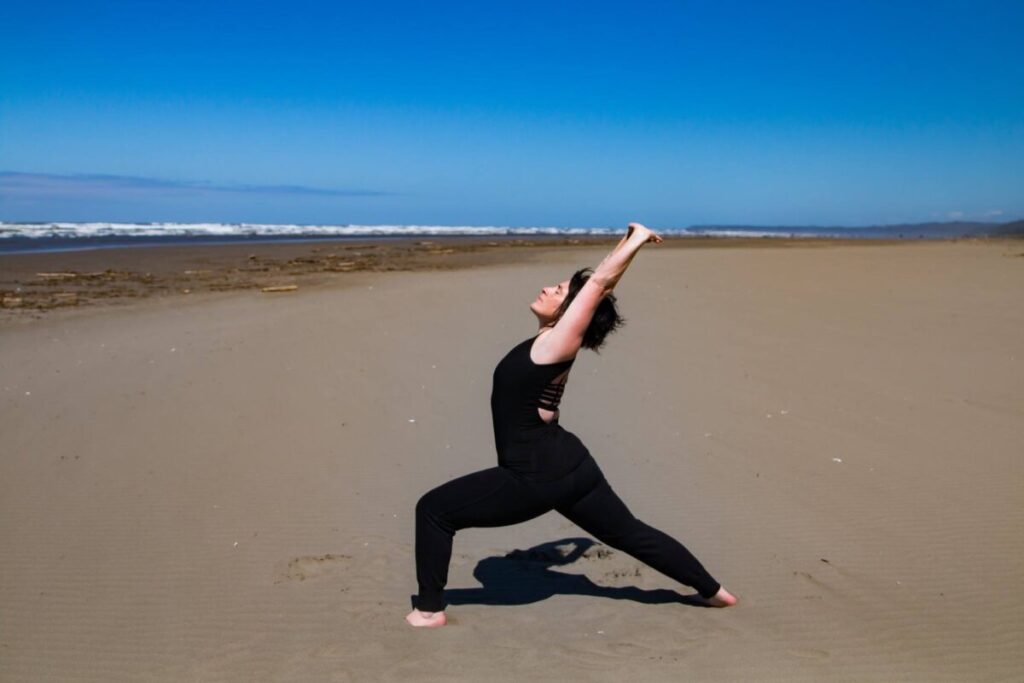Anxiety & Panic Don’t Have to Keep You From Living Your Dreams
I had my first panic attack when I was around 20 years old. Shortly after, I developed a phobia of driving on open highways alone. I couldn’t make it even a short distance without having what I began to refer to as “an episode”. Before I turned 21, I was diagnosed with panic disorder, generalized anxiety, and PTSD. To say that anxiety kept me from going on adventures is an understatement. In those first years after my diagnosis, I saw traveling with anxiety as an undertaking that wasn’t worth the strife.
If you are living with anxiety and panic, it’s likely you find yourself avoiding things you want to do for fear of experiencing an attack. Traveling with anxiety long distances by car or plane may feel impossible to do without experiencing panic. And while smaller adventures like zip lining, sail boating, snorkeling or diving are on your dream list of things to do, you may feel like they are out of reach.
The good news is that studies have found that though the idea of traveling may be anxiety provoking, the result is that the experience itself could lower your stress level. Today, I travel to new and exciting locations and embark on adventures on a regular basis. While I still experience some stress symptoms, I have found a multitude of tips and tricks that can help you travel and go on your dream adventures despite your challenges with anxiety and panic.
The following are my favorite tips for traveling with anxiety. They come from my own personal experience and science-backed studies.

Tips for Traveling with Anxiety and Panic
1. Change how you speak to yourself: Cognitive Behavioral Therapy (CBT) has been shown to be one of the best approaches to treating anxiety. This type of therapy works to identify harmful thought patterns, and then challenge and change them. Changing the things you say to yourself is a good step in the right direction in this process. As soon as you are done reading this article, start listening to the things you say (think) to yourself and begin changing your dialogue. It’s likely you’ll find yourself saying, “I can’t” or “I shouldn’t” regularly when it comes to opportunities to get out.
Similarly, when you get invited to go to the beach or on a road trip with your friend, take note of the first thought that comes to you. If you catch yourself thinking things like, “I’ll probably freak out,” or “What if I have a panic attack and embarrass myself?” then it’s time to change what you are saying. Replace those sentences with things like, “It will be refreshing to be out of the city for a bit,” or “Spending time with my friends will be a huge stress reliever.”
2. Change how others are allowed to speak to you: When I was first diagnosed, traveling with anxiety and family vacations were an ordeal. While my family went swimming with the stingrays I stayed back at the resort. While they went diving, I sat alone by the pool. When they returned, it was always with excitement and plenty of things to say like, “You would have totally freaked out,” or “you would have never been able to handle it.”
While these statements are clearly not malicious in nature, they only served to solidify the false beliefs I already had about myself. The truth is, you can handle new experiences, even if they are stressful. (And ultimately, I still don’t want to swim with stingrays—dolphins are more my thing).
It’s hard but important to tell your loved ones that you need them to only say encouraging things. If they can’t do that, it’s better that they say nothing at all.
3. Practice traveling with anxiety: Exposure therapy is an important part of CBT, and it works. How did I get back behind the wheel and to the point where I could drive across the country without panic attacks? I started small. With a support person available, I got in my car and started going for small drives. Gradually they got longer and longer. I challenged the ideas I had about what would happen if I had a panic attack on the road. Yes, I drove through some attacks. Yes, I survived.
Over time, my anxiety lessened while behind the wheel. Exposure therapy doesn’t work overnight. It takes finding a therapist or support person you trust to help you get through it, but if you stick with it success comes. In my case, driving and flying were an issue. Now they are my main modes of travel and adventure transportation.
4. Set yourself up for success: Long before you go on your trip, start doing the things that are proven to set you up for success on a daily basis. Studies show that getting adequate sleep, eating right and exercising regularly reduces stress. Make sure you are doing all of these things well before and leading up to the day you leave in an effort to set you up for a successful experience.
5. Discover what helps with anxiety attacks before you go: What works when you are experiencing an anxiety attack? Do you have breathing exercises, music, or a yoga pose that calms you down? Find what works and write it down. Before you take off on a trip, review your list of go-to activities that can stop an attack after it has started.
6. Find a travel companion who understands anxiety and panic: Take your first couple of trips with a friend, family member or partner who understands anxiety, panic and how to best support you. This is another approach to exposure therapy. Bonus: you get to make wonderful memories with someone you love!
7. Look for helpers: This tip comes from one of my favorite little clips of a talk given by Mr. Rogers. He says, “If you look for the helpers, you’ll know there’s hope.” How true this is. This is something I still do every time I travel alone.
When I get on a plane, I look for one person who smiles at me and connects and think, “That’s the person I can turn to if I feel scared.” Or when I’m driving, I find checkpoints along the way where I know there are firemen, police, or medical professionals I can call on if something goes wrong. When you look for them, you will be surprised at how many helpers are around you every day.
8. Download anxiety-fighting apps: Cell phones suck for oh so many reasons. That’s why most vacations are meant for unplugging. But, before you cut yourself off from the digital world, download a stress-reducing app. Calm, HeadSpace, and Relax Light are some of my favorites. These apps offer guided meditations and breathing exercises. I have had great success with them. Take some time to try different apps out before you go to see which ones work best for you.
Anxiety and panic are insidious. They sneak into the most remote areas of your mind, whisper their lies and take your courage from you. Traveling with anxiety is possible. It takes time, effort and a strong dedication to getting control of your life back. Start with small steps. Accomplish some of your more low-key dreams and then step it up. I went from going on short road trips to flying to foreign countries and embarking on daylong aerial adventures. This didn’t happen overnight. It took over a decade, and it was worth every bit of research and effort I put into it.
Start taking back your life right now. Look in the mirror and tell yourself, “If she can do it, I can too.”
— Annette Benedetti
READ MORE





